Indians love to travel. Even before we could afford to go abroad, we flocked to our temple towns and sea beaches and mountains in droves. The destinations have not changed that much but how we traveled has changed dramatically since 1947. [caption id=“attachment_1658623” align=“aligncenter” width=“620”]  Source: wikipedia[/caption] Ambassador – The Old Faithful The definitive Indian car, Hindustan Motor’s Ambassador first hit the roads in 1957-58 and was probably the first car accessible to most Indians. Modeled along the lines of the Morris-Oxford, the Amby was once the most popular car in India with everyone from taxi-drivers to babus plying it across the country. It is also fondly called Amby, kaali-peeli and lal-batti gadi. Once the white Amby was the symbol of power as the mantri-ji’s car. But its heyday is long past. [caption id=“attachment_1658625” align=“aligncenter” width=“620”] 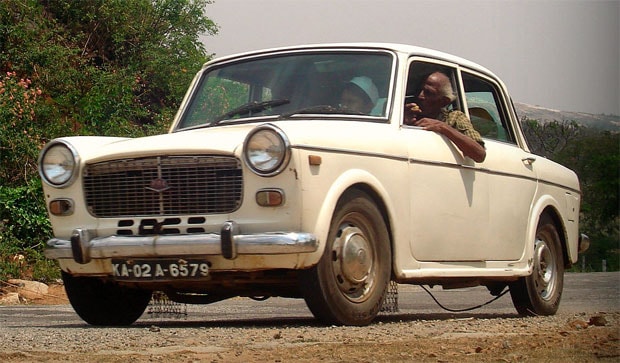 Source: wikipedia[/caption] Premier Padmini – Taxiing off The Padmini, launched in 1964 and named after a 14th century Rajasthani princess, is synonymous with Bombay as its primary black and yellow taxicab for pver 50 years. A modern version of the Amby in terms of design and efficiency, the Padmini found many takers, especially taxiwallahs. Sadly, like the Amby and other auto treasures from the last few decades, Padminis are a disappearing breed. [caption id=“attachment_1658621” align=“aligncenter” width=“620”] 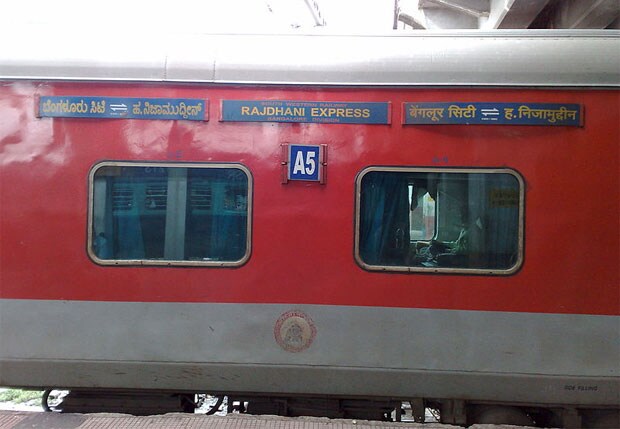 Source: wikipedia[/caption] Rajdhani – The train becomes cool Trains became really cool, make that cold. The Rajdhani was the first fully air-conditioned train service in the country and made crisscrossing India a dream. Introduced in 1969, the super-fast Rajdhani train network was probably among the first government projects, post-Independence, to connect New Delhi to state capitals. It revolutionized the days long rattling train journey. It was the plane of trains. Fun fact: The reservation chart for each journey is prepared only 15 minutes before the train’s departure. [caption id=“attachment_1658627” align=“aligncenter” width=“620”] 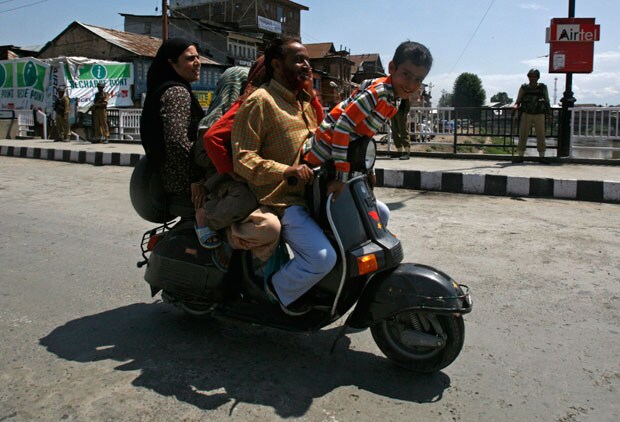 Reuters[/caption] Bajaj scooters – Dreams on two wheels Two thing come to mind when a Bajaj Chetak (another Rajasthani namesake) scooter is mentioned – the Hamara Bajaj ad jingle and the fact that the model was the wedding present of choice for several doting parents. From its introduction in 1972, these two and three wheelers were the primary mode of transport for millions of Indians and was the iconic symbol of the aspirations of the up and coming Indian family – hum do and hamara do squeezed onto one scooter. Hero Honda came around in 1985 and soon went on to become the largest two-wheeler manufacturer in the world. [caption id=“attachment_1658629” align=“aligncenter” width=“620”] 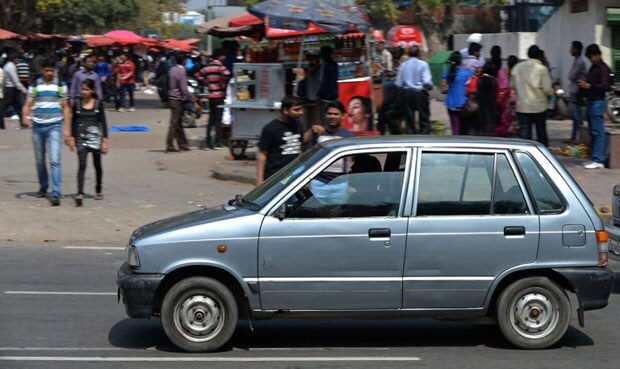 AFP[/caption] Maruti 800 – Good things come in small packages Sanjay Gandhi never really delivered on it but a Maruti finally hit the streets in 1983. If you had a Maruti 800 you knew you’d arrived. With its starting price of Rs 50,000 the 800 was the car for India’s middle-class and way peppier than the Ambi. And actually fuel-efficient. The first model was won via a lottery and Prime Minister Indira Gandhi handed over the keys to the lucky recipient at the time. It was the best-selling car until 2004 when it passed the crown to the Maruti Alto. [caption id=“attachment_1658631” align=“aligncenter” width=“626”] 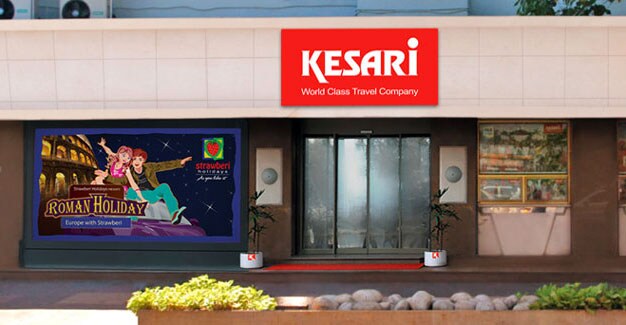 Source: Kesari site[/caption] Tour Operators – The Big Fat Indian Family Vacation Thomas Cook had offices in India in 1881 but the great Indian package tour really took off much later. Bengalis got fish and rice all over India thanks to Kundu Specials since 1933. But want to see Switzerland or Shimla with all 30 members of your family but didn’t want the hassle of bookings and itinerary planning? Not to mention the comfort of pure veg dal chawal sabzi at the end of the day? Enter Kesari (1984) and a bunch of other tour operators who took you, your significant other, chotu, chachaji, pinky masi and the bua no one likes and showed you all the sights and sounds of ‘foreign’ while eating shuddh desi. This is what we call shuddh desi phoren. [caption id=“attachment_1658633” align=“aligncenter” width=“620”] 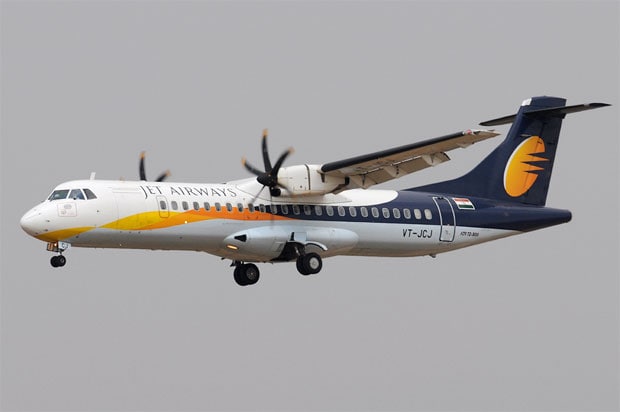 Source: wikipedia[/caption] Jet Airways – Private Skies The early 1990s saw private airlines like Jet, Sahara and Damania give dowdy Air India and Indian Airlines a run for their money. No more aunty-airhostesses and suspect meals for Indian flyers (at least temporarily). These were the good times – smartly dressed staff, elaborate meals and saunf at the end. More recently, the arrival of budget carriers like IndiGo and GoAir meant that many more of us could take to the skies. Alas, the good times ended soon and now we pay Rs 190 or more for a room temperature keema parantha but it was fun while it lasted. [caption id=“attachment_1658635” align=“aligncenter” width=“620”] 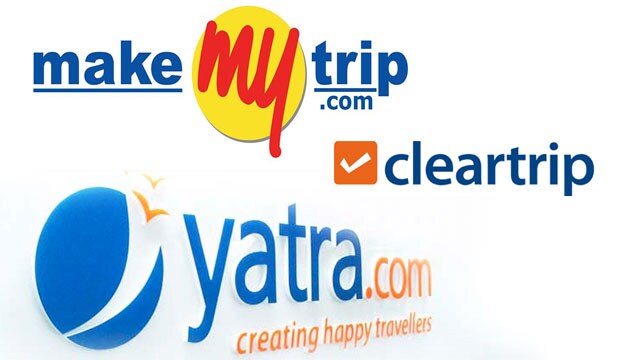 Logos of company[/caption] Online booking just made our trips Hello internet, good bye travel agencies. Sites like makemytrip (2000) and yatra.com (2006) and online booking options from various airlines meant Indians could actually figure out their own itinerary instead of being at the mercy of the travel agent. Now you got to decide when you want to fly and what you want to eat while on board. And you can conduct endless compare the rates searches when you should be working.
Indians love to travel. Even before we could afford to go abroad, we flocked to our temple towns and sea beaches and mountains in droves. The destinations have not changed that much but how we traveled has changed dramatically since 1947.
Advertisement
End of Article


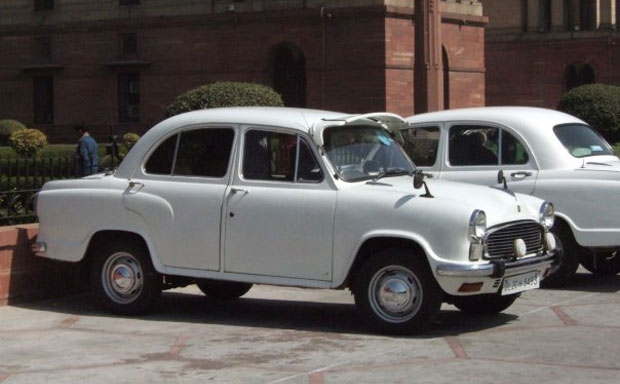)
)
)
)
)
)
)
)
)



